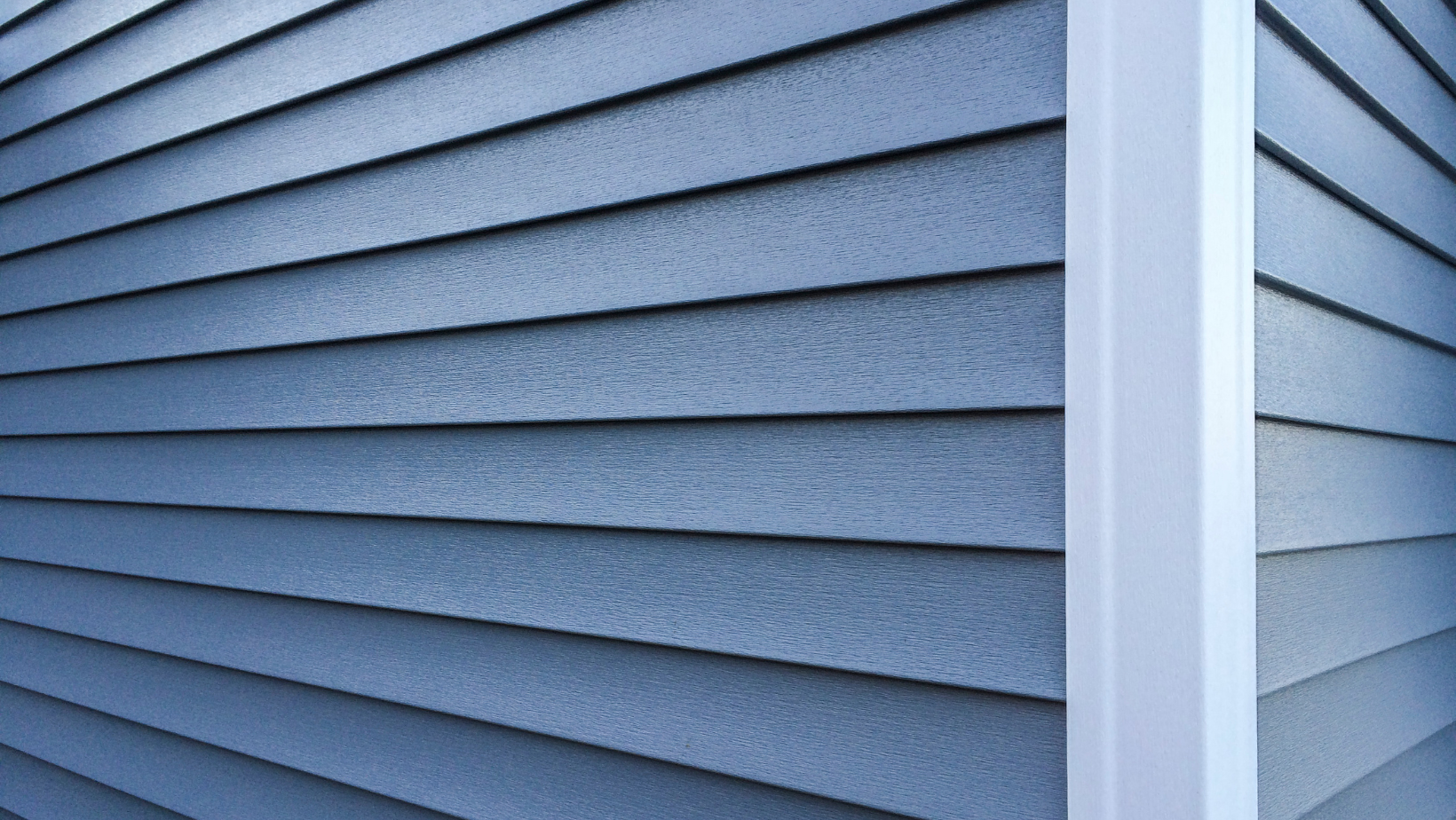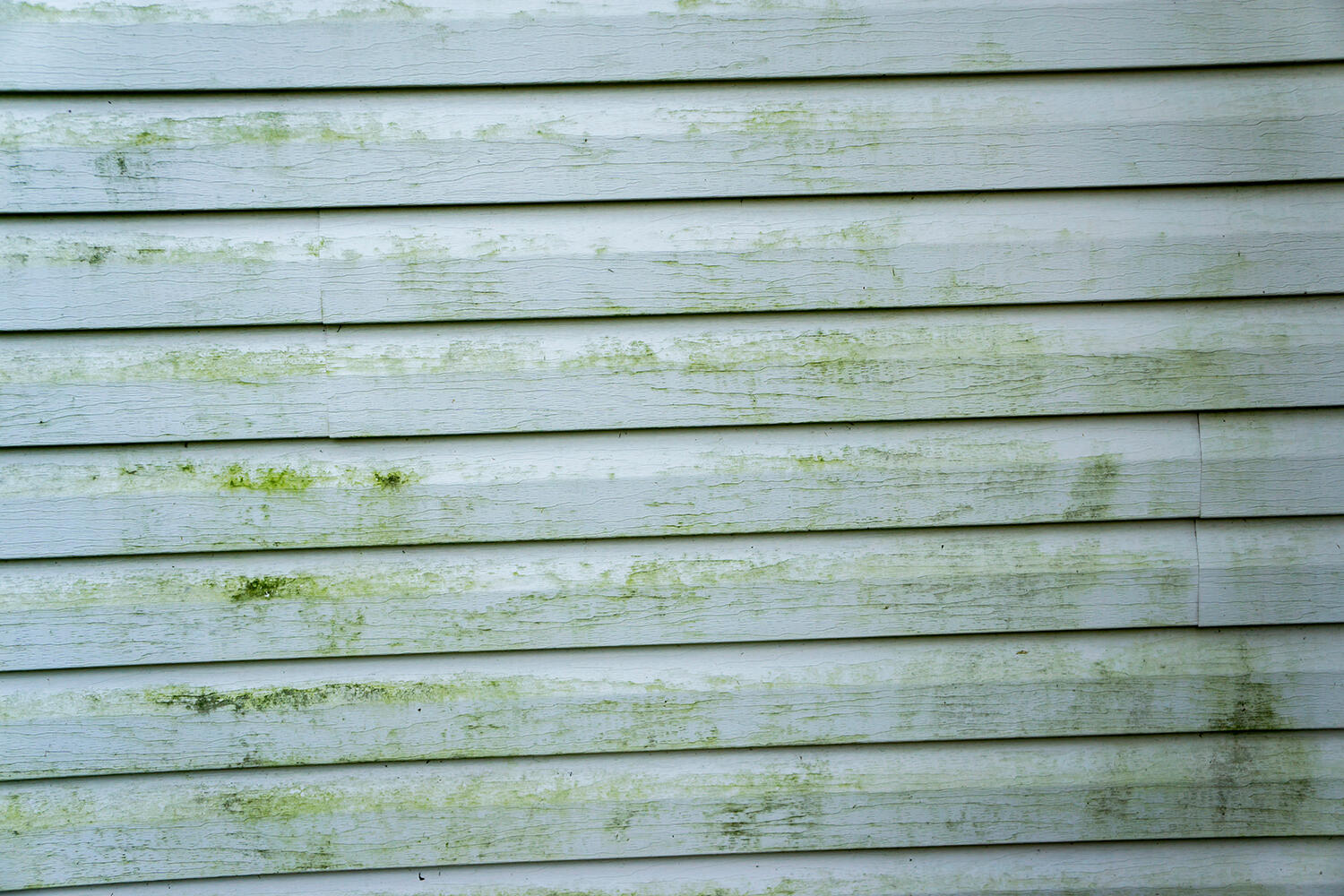Did you know that vinyl siding was the most common exterior material used in 5 out of 9 census divisions in 2021? Despite the popularity of vinyl, there are other siding options available for homeowners to choose from including stucco, stone veneer, brick veneer, aluminum, and more.
Vinyl siding is incredibly popular and is the most preferred material for home siding. Why? Most homeowners love to use it because it’s cost-effective, durable, and visually appealing with minimal upkeep.
Even though maintenance is super easy, it’s beyond important to stay on top of it so that you ensure your vinyl siding is in tip top shape. Part of proper maintenance is understanding and knowing when to replace your siding. Below is a comprehensive guide about vinyl siding that can enable you to make an informed decision when it’s time to replace it
What Is Vinyl Siding?
Vinyl siding is an extremely durable form of plastic manufactured primarily from polyvinyl chloride (PVC) resin. It’s commonly used on the exterior of homes for decoration, waterproofing, and keeping your home energy efficient. There are various styles, including:
- Shake and shingle vinyl siding
That’s not all when it comes to options. Gone are the days when siding was only available in neutral colors. Today, there are lots of options including neutrals, pastels, and even high contrast colors. You can also find vinyl siding that imitates the look of wood and other materials. It is all depending on the look that you’re going for!

How Often Should I Replace Vinyl Siding?
While vinyl siding is made to be extremely durable and long-lasting, it isn’t designed to last forever. Sometimes, it can be tough to determine when it is the right time to replace your siding.
It’s possible for your vinyl siding to last anywhere from 20 to 60 years. Its lifespan really depends on several factors, including your maintenance routine and climate. Just because vinyl siding could last up to 60 years doesn’t mean it should stay on your home that long!
When your vinyl siding is approaching the 10-to-20-year age range, it may be time to start thinking about a replacement. Guy Roofing is available to inspect your vinyl siding and help you determine what your next steps could be. Schedule your appointment here! We will have an expert come out to inspect your siding and see if it may be time for a replacement or if you may just need a repair.
What are Some Signs I Need to Replace My Vinyl Siding?
Knowing when to replace your vinyl siding can be difficult, but there are some tell-tale warning signs that can help you determine when vinyl siding replacement should be made a priority.
Mold and Mildew Damage
Does your vinyl siding have white, black, or grey spots? If so, that can mean that your siding has moisture damage. Many think that power washing will remove and get rid of mildew and mold, but it can make matters worse.

When you power wash siding that has mildew and mold, it forces water under your vinyl siding. This water can then soak the insulation, wall cavities, and more. Excess water can create the perfect condition for even more mildew and mold to grow or even work to exacerbate a problem that has already started.
If you notice you have a lot of mildew and mold damage on your home’s exterior, it may be time to start thinking about replacing your vinyl siding as the problem can get even worse with time or DIY solutions.
Melted Siding
While vinyl siding is very durable, heat is one of its worst enemies! Often homeowners place grills close to their home, not realizing heat from the grill can cause damage, such as warping, to their vinyl siding. Even reflected sunlight from a neighbor’s window producing long exposure to sun rays could cause your vinyl siding to melt! Oh no!
Once you notice warping (or melting), you need to schedule an appointment to replace your vinyl siding, taking steps to keep your house well-protected.
Chalky Texture
Do you remember the dreaded feeling and dustiness of chalk from your school days? Well, sometimes your vinyl siding can feel chalky when it’s touched. Warning sign!
This feeling is a sign that water particles are wearing out your vinyl siding. Leaving your siding unchecked, especially when it has a chalky feel, can cause severe warp damage creating the need to replace it sooner rather than later.
Bubbling
Do you have wallpaper inside your home? Have you noticed it bubbling or peeling? You may not realize it, but bubbling or peeling wallpaper is an indication of trapped moisture which probably entered through cracks on the siding of your home. If you notice this happening, replacing vinyl siding quickly will prevent additional trapped moisture from collecting, which helps to mitigate risks of severe damage.
Loose, Cracked, or Holes in Siding
Having loose, cracked, or holes in your vinyl siding are some of the most obvious signs of wear and tear. When your house is constantly exposed to hailstorms, heat, or even rocks thrown by a lawnmower, it can dent and crack. Wind-propelled projectiles or large chunks of hail can lead to the formation of holes in your siding. Old age can also weaken its strength – leading to additional damage.

Ensure you hire experienced siding contractors to fix cracked, loose, or siding with holes before the damaged siding becomes worse and causes major damage.
Siding Maintenance Overload
If you find yourself constantly performing maintenance on your vinyl siding, it may be time to replace it. As a homeowner, you may try to conduct vinyl siding repairs yourself to fix immediate problems, but often these repairs only act as a band-aid and not a permanent resolution.
When searching for a company to provide you with quality, professionally installed vinyl siding or repairs, contact Guy Roofing.
Increased Energy Bills
Sometimes indicators of old vinyl siding may not be visibly obvious. If this is the case, check for subtle signs of underperformance. Examples include feeling air drafts near walls and windows.
Drafts may cause your HVAC system to overwork, leading to increased heating bills in the cooler months and increased cooling bills during the warmer months. Replacing your home’s siding might save you tons money on your energy bills in the long run.
Want to Sell Your Property?
Planning to move? Most homeowners immediately look to update their kitchen or bathrooms in hopes of a better resale value, but another option for increasing the value of your home is replacing the vinyl siding. Not only does it increase curb appeal, but a new vinyl installation offers one of the best returns on investment.
Can I Replace a Section of Vinyl Siding?
Damage to a single board or panel of your siding can easily happen. When this occurs, it would be expensive to replace your entire home in new siding for a single piece that has been damaged! Fortunately, you don’t have to do a full vinyl siding replacement. You can simply replace the damaged section.
Don’t let this fool you, however. It can be harder than it looks it’s always best to get in touch with a professional for proper installation. It can be a challenge to remove and replace a single vinyl panel from the middle of a wall without damaging the vinyl siding around it. In other words, tackling this as a DIY project might not be the best option.
Be Sure to Hire Qualified Vinyl Siding Replacement Contractors
Does your vinyl siding have any of the signs mentioned? If you answered yes to any of them, then it may be time to think seriously about a vinyl siding replacement!
At Guy Roofing, we’re experts in the vinyl siding industry. From the initial inspection to the new vinyl siding installation, our team will get the job done right. Contact us to schedule an appointment.





